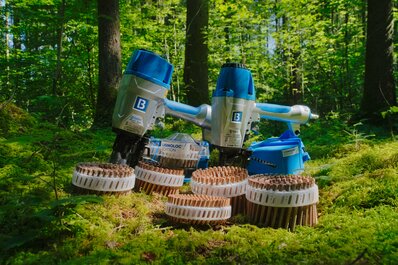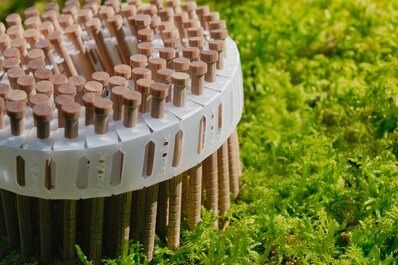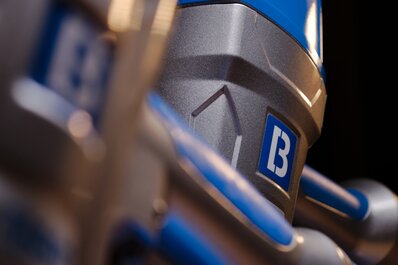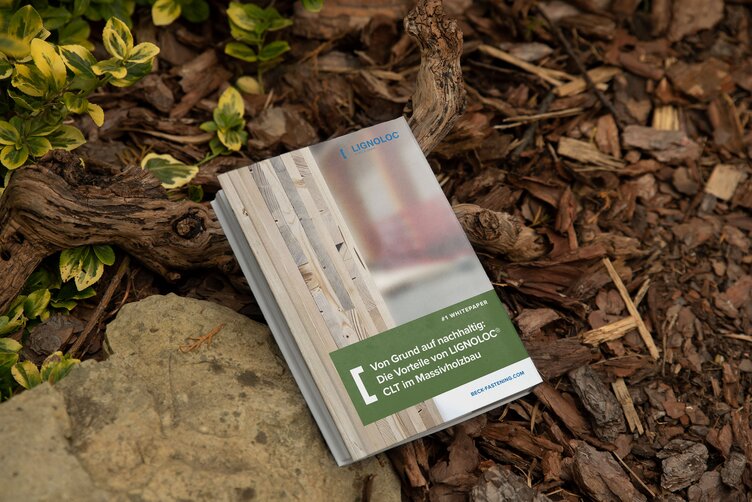SUSTAINABLE FROM THE GROUND UP: LIGNOLOC® CLT IN SOLID WOOD CONSTRUCTION
Find out more about the innovative possibilities and environmentally friendly benefits of LIGNOLOC® CLT (Cross-laminated timber)
What is cross laminated timber (CLT)?
CLT (Cross-Laminated Timber) is an innovative solid wood product that impresses with its multi-layered construction. It consists of at least three cross-laminated timber layers, making it particularly stable, load-bearing and dimensionally stable. This structure enables large spans and versatile use in residential and commercial constructions, as well as for adding storeys.
A major advantage of Cross Laminated Timber is its sustainability - it comes from resource-conserving forestry and contributes to CO₂ storage. As a natural building material, it also ensures a healthy indoor climate without harmful emissions. Thanks to precise production, large-format elements with millimeter-precise cutting and finished surfaces are possible, making CLT a modern and high-performance building material.
mass timber WALLS BECOME LIGNOLOC® CLT (LCLT) WITH LIGNOLOC® WOODEN NAILS
In contrast to conventional methods such as CLT or NLT, which require either chemical adhesives or metal fasteners, LCLT technology enables a purely wood-based construction - with LIGNOLOC® CLT, wood is joined with wood using wood. And everyone benefits from this: timber constructors and craftsmen, building users and, of course, our environment.
The use of LIGNOLOC® wooden nails in the production of Cross Laminated Timber (CLT) elements enables a metal-free, single-material connection between the layers of wood, resulting in a fully wood-based construction. This method enhances sustainability in construction while also improving energy efficiency and the indoor climate, thanks to the natural properties of wood.

Cross Laminated Timber elements using LIGNOLOC® wooden nails
Why use LIGNOLOC® cross-laminated timber in mass timber construction?

Wooden nails reduce CO₂ emissions by 66%. They promote environmentally friendly construction and components can be easily separated after use.

Improved insulation values due to low thermal conductivity and increased thermal insulation.

Fast and precise processing without tool wear. This leads to shorter construction times and high precision in prefabrication.
Why use LIGNOLOC® cross-laminated timber in mass timber construction?
Flexibility, aesthetics and sustainability: LIGNOLOC® wooden nails not only have technical and ecological advantages in mass timber construction. They also open up new possibilities for architecture and interior design.




Curious to learn more! Get your WHITEPAPER ON THE ADVANTAGES OF metal-free LIGNOLOC® Cross-laminated timber NOW!

Please enter your details, choose 'Product Inquiry' as the subject, write whitepaper in the message and click 'Send.' Your white paper will be emailed to you within a few days.

